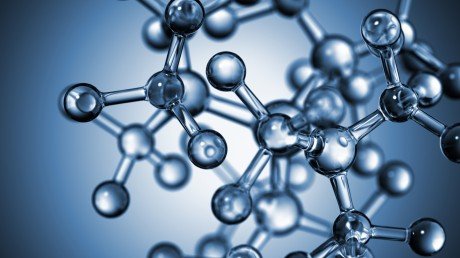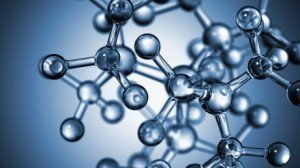
The Best And Worst Of Scientific Discoveries In 2013
4 minutes | Word Count: 660Technology is allowing researchers to make progress more quickly than ever before. With so many scientific discoveries through the year 2013, picking the best and worst is no easy task. The best were those that offered hope in the field of medicine or generated excitement about other worlds. The worst, perhaps, were those that warned us to protect the world we have. Here are some of those discoveries.

The Best Discoveries
1. Earth-like planets.
Humans love to imagine meeting an extraterrestrial alien some day, or perhaps spending time on a distance planet. Kepler space mission astronomers have now reported there could be billions of Earth-like planets orbiting the habitable zone of their stars, according to Smithsonian.com. Still to be determined: Do any also have water, a rocky surface and an atmosphere that protects life forms?
2. Evidence of ancient Martians?
NASA said its Curiosity rover, busy examining the surface of the Red Planet, has determined Mars could have supported microbial life long ago. The rover has found not only the evidence that water once flowed through an ancient stream bed, but sedimentary rock contains chemicals needed for life, such as nitrogen, oxygen, hydrogen and carbon.
3. So much data in such a little space.
As the digital generation, we hate running out of storage space. What if you could store your documents and music on something as tiny as a strand of DNA? Scientists at the Euoropean Molecular Biology Lab have encoded text, photos and sound files onto DNA and were able to retrieve the information, too. They saved Shakespeare’s sonnets, a recording of Martin Luther King’s “I Have a Dream’ speech and more. They say two pounds of DNA could store all the information sent over the Web in a month. What’s more, DNA doesn’t degrade as quickly as your hard drive, according to Discovery.com.
4. A bionic eye for the blind.
The FDA approved the new Argus II Retinal Prosthesis System to help people who have lost their vision because of retinitis pigmentosa, a genetic disease that attacks photoreceptor cells. The system helps them regain some of their vision, according to FDA.gov. First, electrode sensors are implanted into their eyes. Then, eyeglasses equipped with a small video camera send images to the electrodes in the eye, which pass them to the brain along the optic nerve. Patients who have only been able to see light and dark are not given 20/20 vision, but are able to see some images and notice movement.
The Worst Discoveries
1. Global warming is heating up, and we’re to blame.
The climate controversy drew a lot of debate when the United Nation’s Climate Panel said the world’s scientists are 95 percent certain that humans are responsible for global warming. The report said physical changes in the Earth’s surface, atmosphere and oceans prove there’s no doubt that global warming is happening and human activity is driving more than half of it.
2. Beware the thawing Arctic permafrost.
The permafrost stores lots of frozen carbon material such as old plant debris, according to The New York Times. As it thaws, that material produces methane and carbon dioxide, the culprits behind global warming. It’s a case of the chicken and the egg: Global warming is causing the thaw and the thaw will cause more global warming.
3. The oceans are becoming acidic … fast.
Another casualty of global warming is the ocean. Oceans absorb greenhouse gases. As ice melts, more of those gases are emitted and absorbed, which lowers the water’s pH level, making it more acidic, according to Sciencedaily.com. Acidic water hurts the sea’s inhabitants, such as shellfish and corals, and throws off the food chain.
About Author: Jeffery Scraton has a passion for science that shows through in his scientific articles and blog posts. For more great posts from Jeffery and other great bloggers, Jeff recommends visiting www.chemistryworld.net.





















